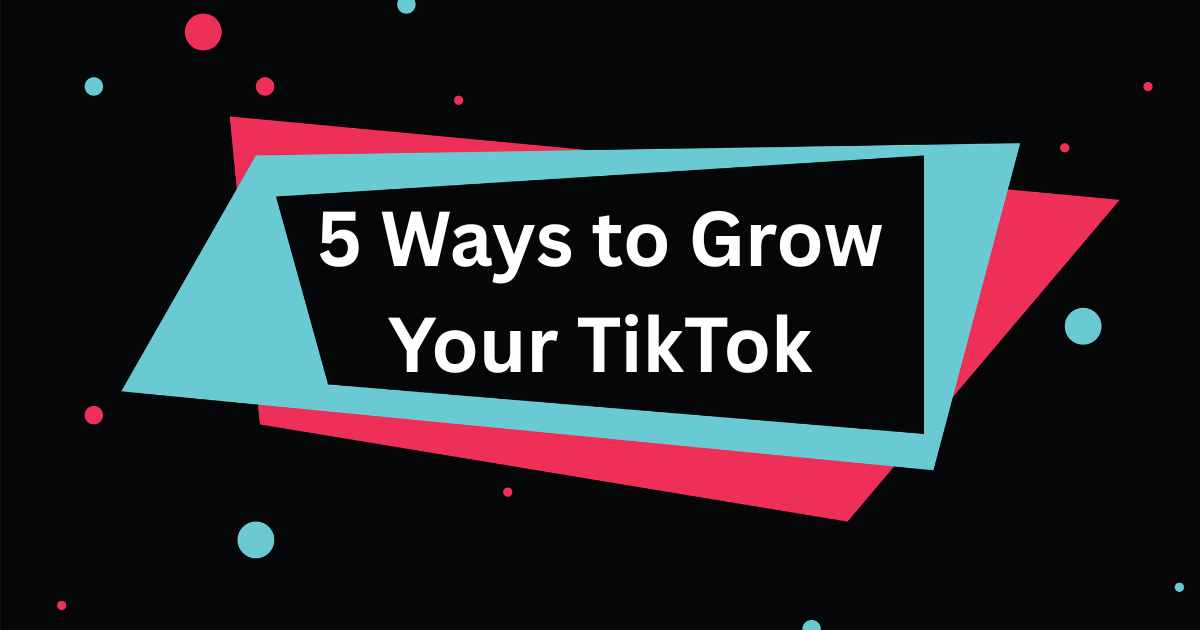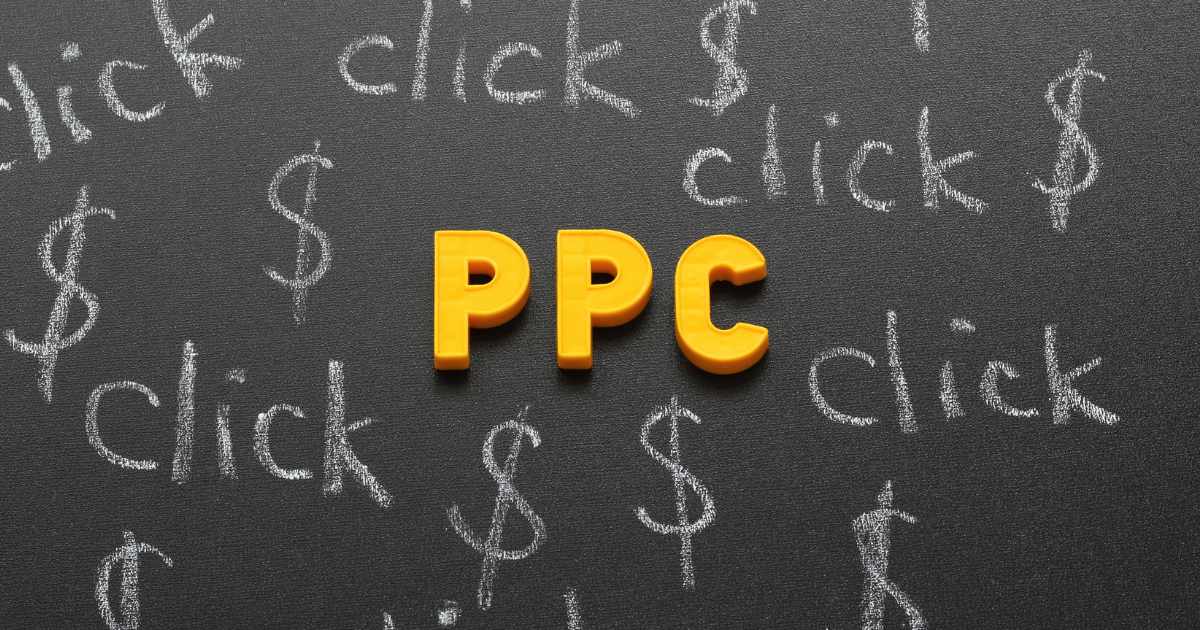
A subscription model helps businesses increase their revenue by creating a predictable, recurring income stream. The way it works is that the business sets a payment for premium content, exclusive services, or products delivered at regular intervals, such as access to premium content, digital platforms, or member-only perks.
Subscription models have become popular across industries like software, streaming, education, and content-based businesses. While it offers benefits like customer loyalty and long-term financial stability, it also comes with challenges.
Businesses must provide consistent value to subscribers and find ways to attract more subscribers. In this article, we’ll break down the key advantages and disadvantages of using a subscription model.
Four Advantages of Having a Subscription Model in Your Business
Generating additional revenue is one of the immediate advantages that might come to mind when we’re thinking about having a subscription model. However, there are many others, which are:
1. Predict Revenue
Having customers on a subscription model allows you to have predictable revenue. This especially works once you have managed to retain subscribers on a regular basis. With a stable subscriber base, you can forecast your monthly or annual revenue with greater accuracy. This predictability allows for better financial planning, budgeting, and investment decisions.
2. Efficient Cash Flow Management
Since a subscription model can help you build a predictable revenue stream, it helps you improve your business’s cash flow management. The recurring revenue stream provides businesses with a consistent and predictable cash flow.
This allows for better management of expenses, investments, and overall financial stability. Additionally, the upfront payment from subscription fees can provide your business with a buffer to cover operational costs and invest in growth opportunities.
3. Increased Customer Loyalty and Engagement
According to business.com, returning customers spend 67% more on average than new customers. So, while new customers are important, it’s even more important to ensure you keep your loyal customers coming back. Additionally, a subscription model can help businesses reduce their reliance on constant customer acquisition efforts, allowing them to focus on maximising the value that comes from their existing customer base.
4. Focus on Product Improvement
Subscription-based models encourage customers to continuously improve their products or services. To retain subscribers, businesses must consistently deliver value, and while it can cause a lot of pressure, it helps meet evolving customer needs. This focus on improvement fosters innovation and enhances product quality.
Four Disadvantages of Having a Subscription Model in Your Business
1. Inconsistent Subscriber Engagement
Some customers might only subscribe temporarily to access a specific piece of content or features and then cancel as soon as they’ve gotten what they need. This can lead to inconsistent revenue, making it harder to build a stable and loyal subscriber base.
2. High Cancellation Rates and Retention Pressure
Churn is a major concern for subscription-based businesses, especially as competition intensifies. In South Africa, industries like pay-TV and telecommunications have particularly faced this issue.
For instance, MultiChoice reported a 9% drop in active subscribers, largely due to economic pressures like inflation and high interest rates, which, when forced to make the choice, consumers will prioritise essentials over subscriptions. Businesses in the prepaid service market face a similar challenge, with customers often leaving for better deals or switching to more attractive offers.
3. Complex Billing and Tech Issues
Subscription-based businesses heavily rely on technology for various operations, including billing, customer portals, and subscription management. Billing errors can lead to customer dissatisfaction, disputes, and damage to the company’s reputation. Additionally, system failures can disrupt service, resulting in lost revenue.
To mitigate these issues, businesses should invest in robust and reliable technology infrastructure. This includes implementing a reliable billing system, ensuring secure payment gateways, maintaining a user-friendly customer portal, and continuously testing your billing processes.
4. Subscription Fatigue Among Consumers
Subscription fatigue occurs when consumers get frustrated by the overflow of subscriptions. With the rise in subscription-based services, consumers are becoming more selective. Many are already subscribed to multiple services, from streaming to meal kits, and may hesitate to commit to another. This makes it harder to stand out unless the offer is clearly valuable and differentiated.
















